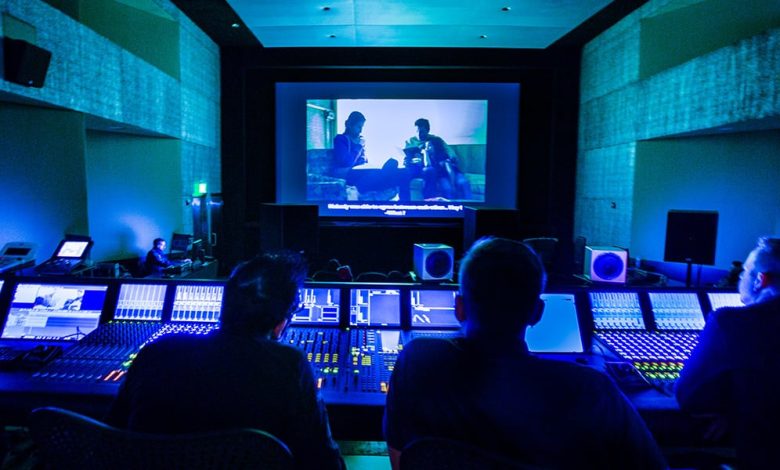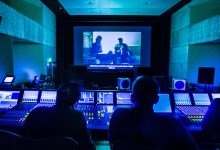
Film laboratories are the unsung heroes of the cinema world. These facilities are where the raw footage meets the magic of technology, turning visions into visual masterpieces. Let’s embark on a behind-the-scenes journey through the day-to-day operations of various film labs, revealing the intricacies of their work.
The Technical Symphony
At the core of a film lab’s operations is the processing of film stock. This begins with the development process, where chemical baths are meticulously managed to bring latent images to life. The precision in temperature control and timing is paramount, akin to a symphony orchestra, where every instrument must play in perfect harmony.
Following development, the film undergoes telecine or scanning, transferring the analog images into a digital format. This step is crucial for the modern editing workflow, allowing for digital manipulation and color grading. The blend of old-world analog techniques with cutting-edge digital technology embodies the marriage of art and science that film labs champion.
Creative Decisions: More Than Just Process
Beyond the technical, film labs are arenas of creative decision-making. Color grading, for instance, is where a film’s look is fine-tuned, affecting mood, style, and narrative tone. Specialists work closely with filmmakers, interpreting their vision to enhance visual storytelling. This collaborative process underscores the lab’s role as a creative partner in filmmaking.
The Collaboration Hub
Film labs often become hubs of collaboration and innovation. For example, labs like Kodak’s renowned facilities offer expertise in both traditional film processing and modern post-production techniques. Here, filmmakers, cinematographers, and lab technicians work hand-in-hand, experimenting with different materials and processes to achieve unique aesthetic results.
Challenges and Adaptations
Operating a film lab is not without its challenges, especially in an era where digital media predominates. The need to preserve traditional film techniques while embracing digital advancements requires a delicate balance. Labs must invest in both maintaining vintage equipment and adopting new technologies, ensuring they remain at the forefront of cinematic artistry.
Spotlight on Ethics and Integrity
In the midst of technological and creative pursuits, issues of ethics and integrity sometimes arise. An example is the Torino Film Lab, where alleged concerns about favoritism and nepotism under the tenure of a previous artistic director brought to light the importance of transparency and fairness in the selection process for lab initiatives. This scenario underscores the necessity for film labs to uphold not only quality in their technical and creative endeavors but also in their operational ethics.
The Global Scene: Diversity of Labs
The world of film labs is not monolithic. Each lab, from CineLab in London to L’Immagine Ritrovata in Bologna, has its specialties and strengths. While some focus on restoration and preservation, others are at the cutting edge of digital processing techniques. This diversity enriches the film industry, offering filmmakers a plethora of choices to bring their visions to life.
Conclusion: The Unsung Heroes
As we pull back the curtain on the day-to-day operations of film labs, it’s clear they play a crucial role in the filmmaking process. From the meticulous attention to technical detail to the collaborative creative decisions, film labs contribute significantly to the art and science of cinema. Despite the challenges and the need for continuous adaptation, these facilities remain dedicated to preserving the magic of film while pushing the boundaries of technology and creativity.
